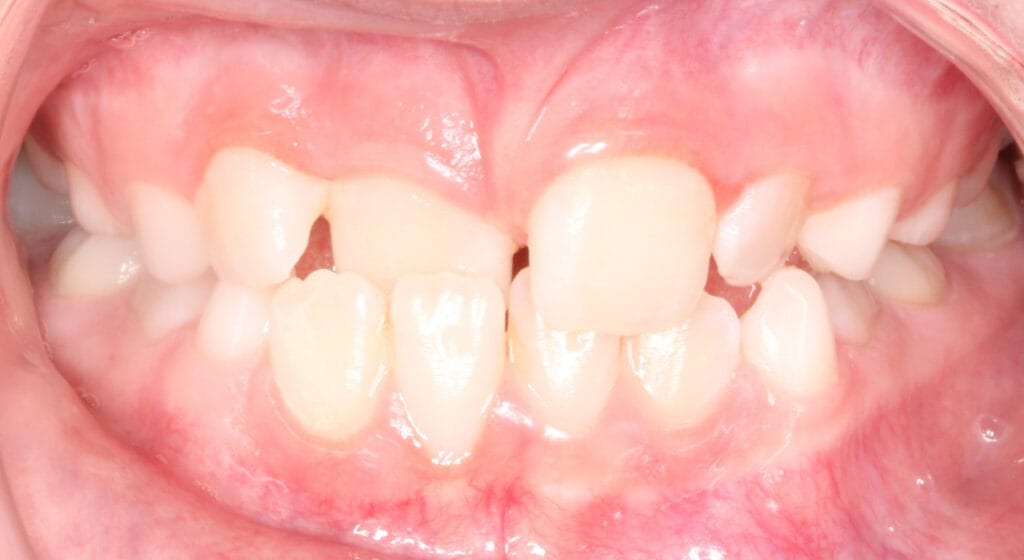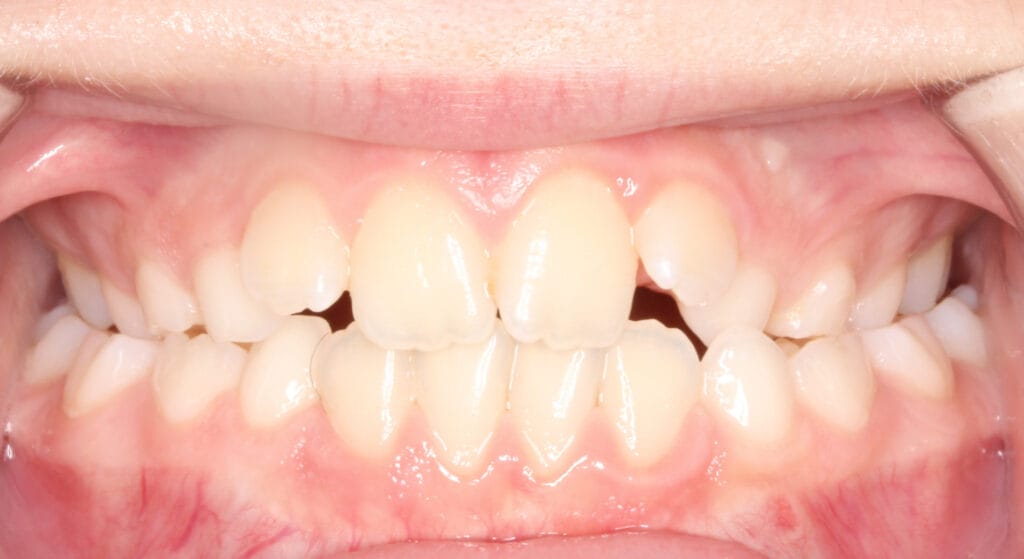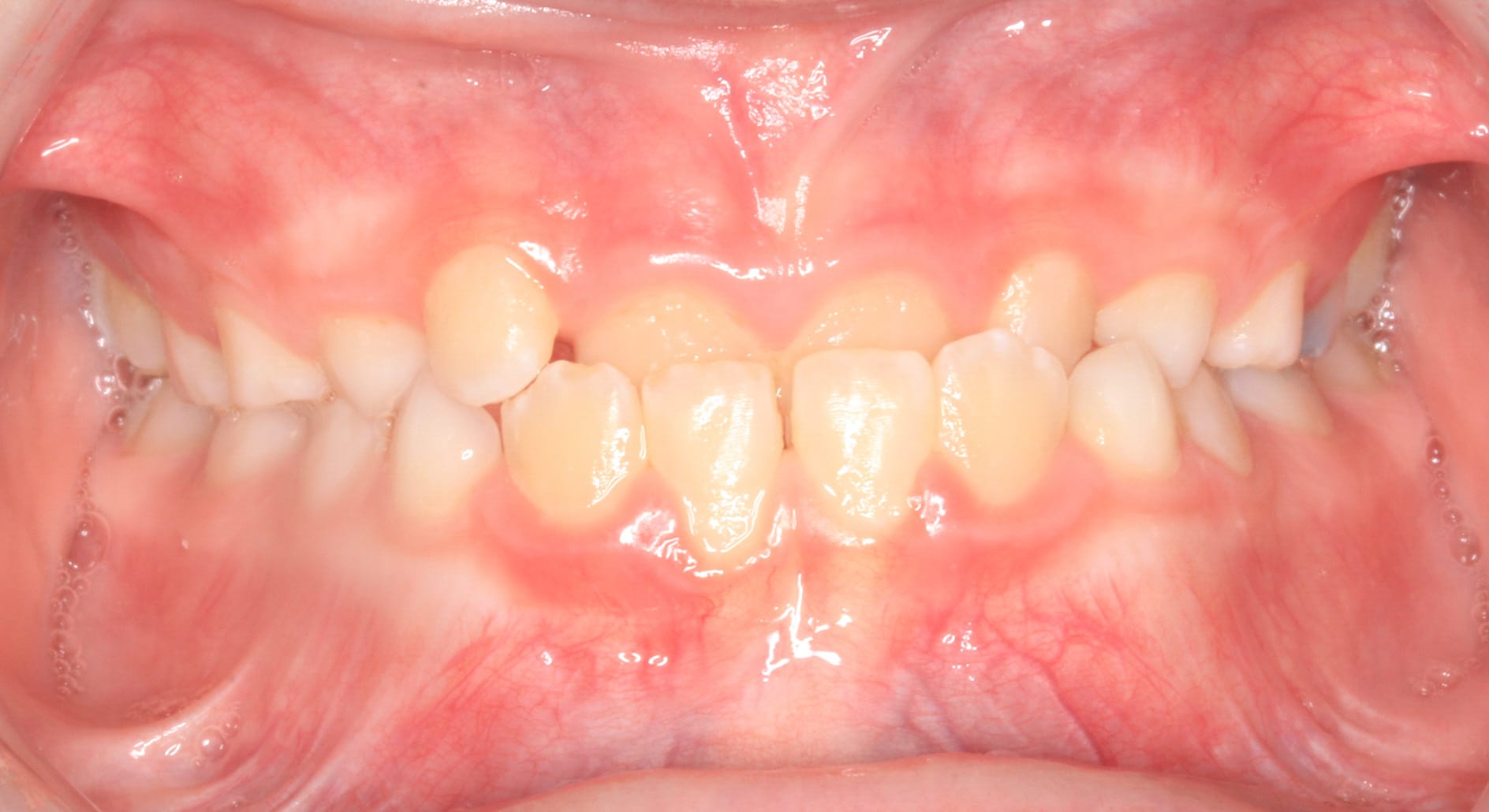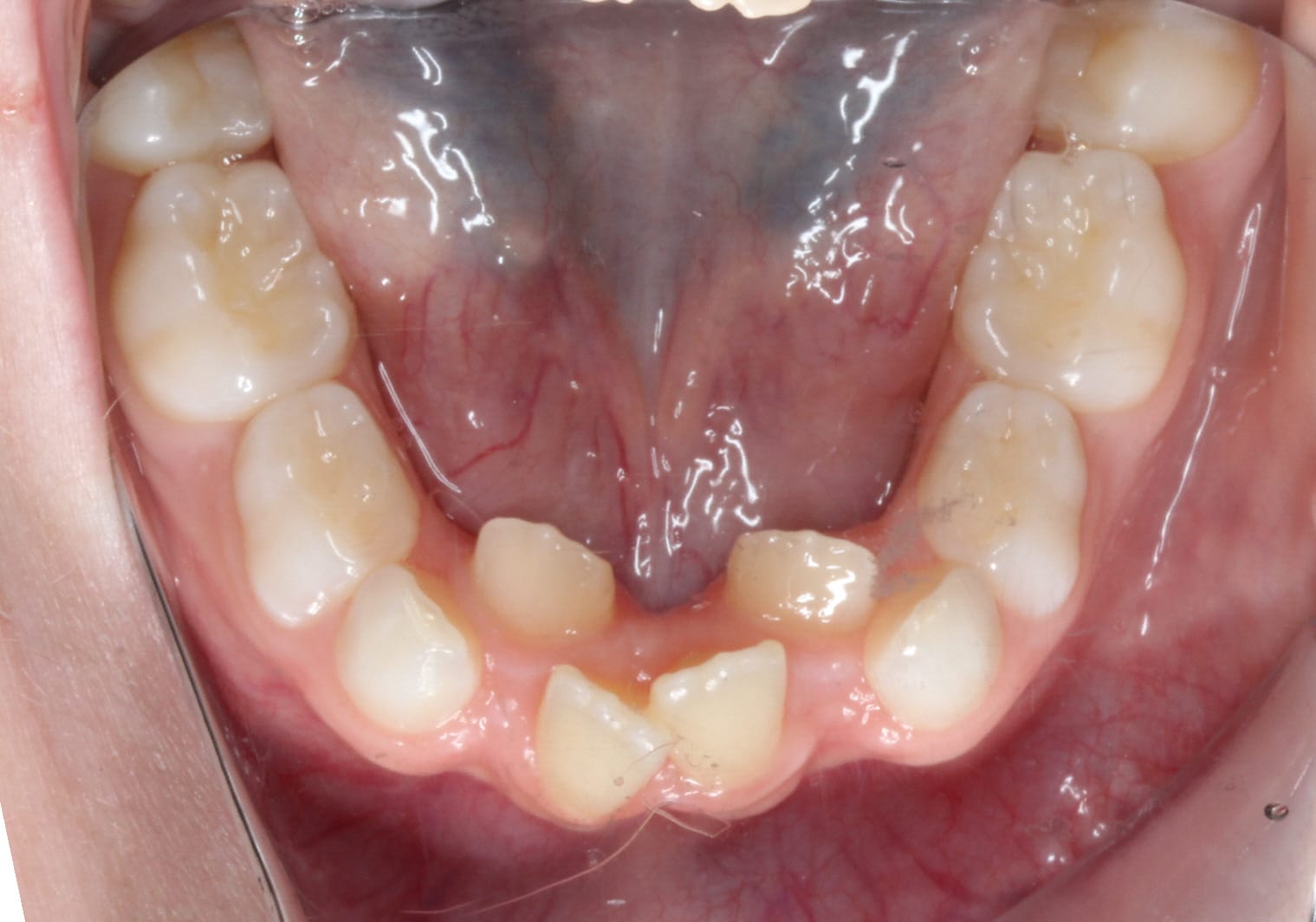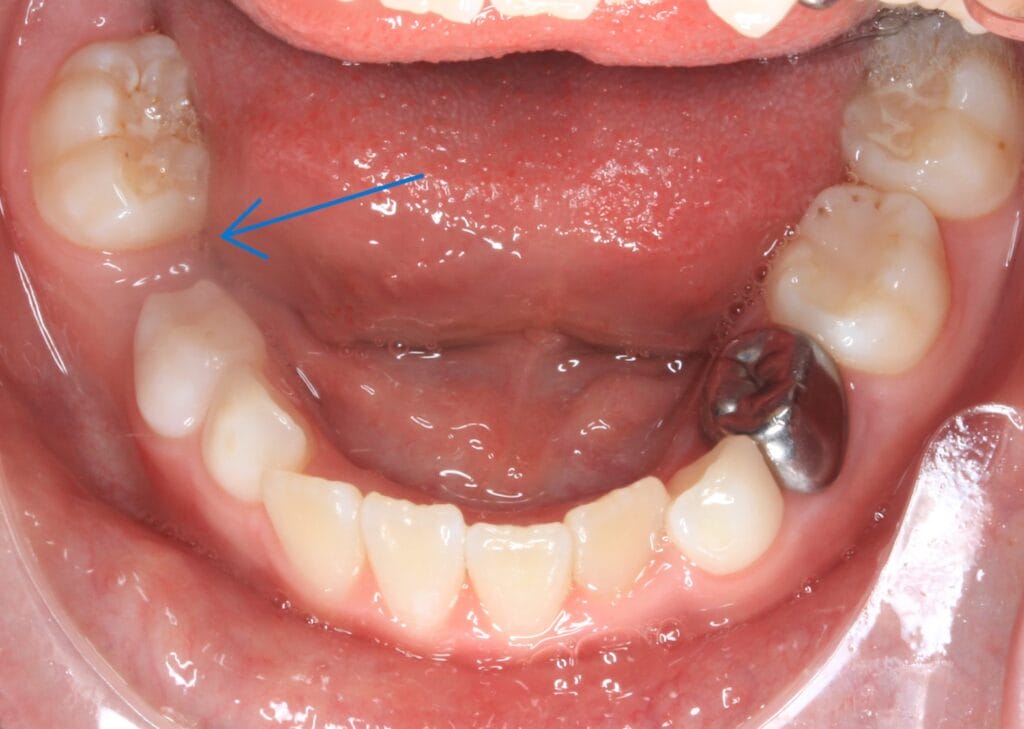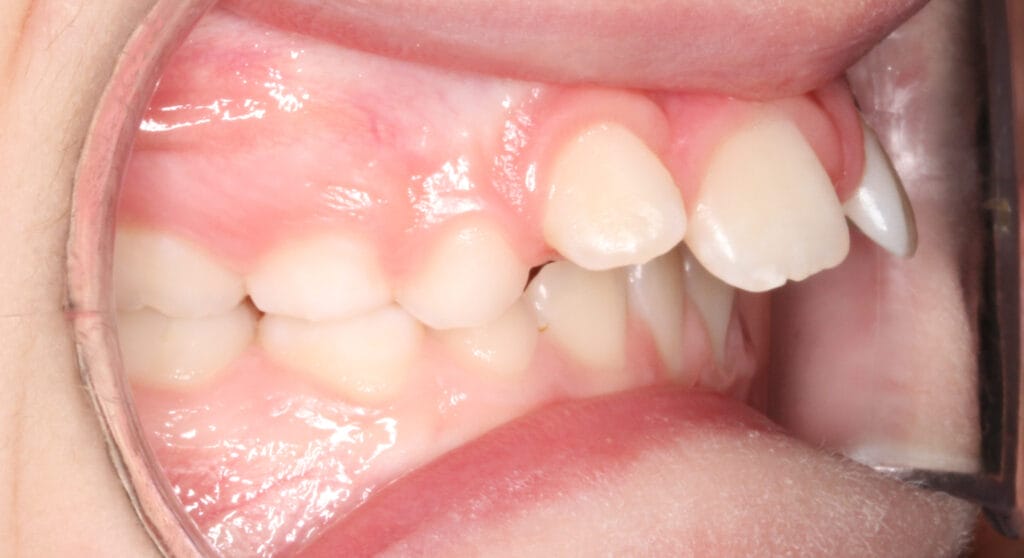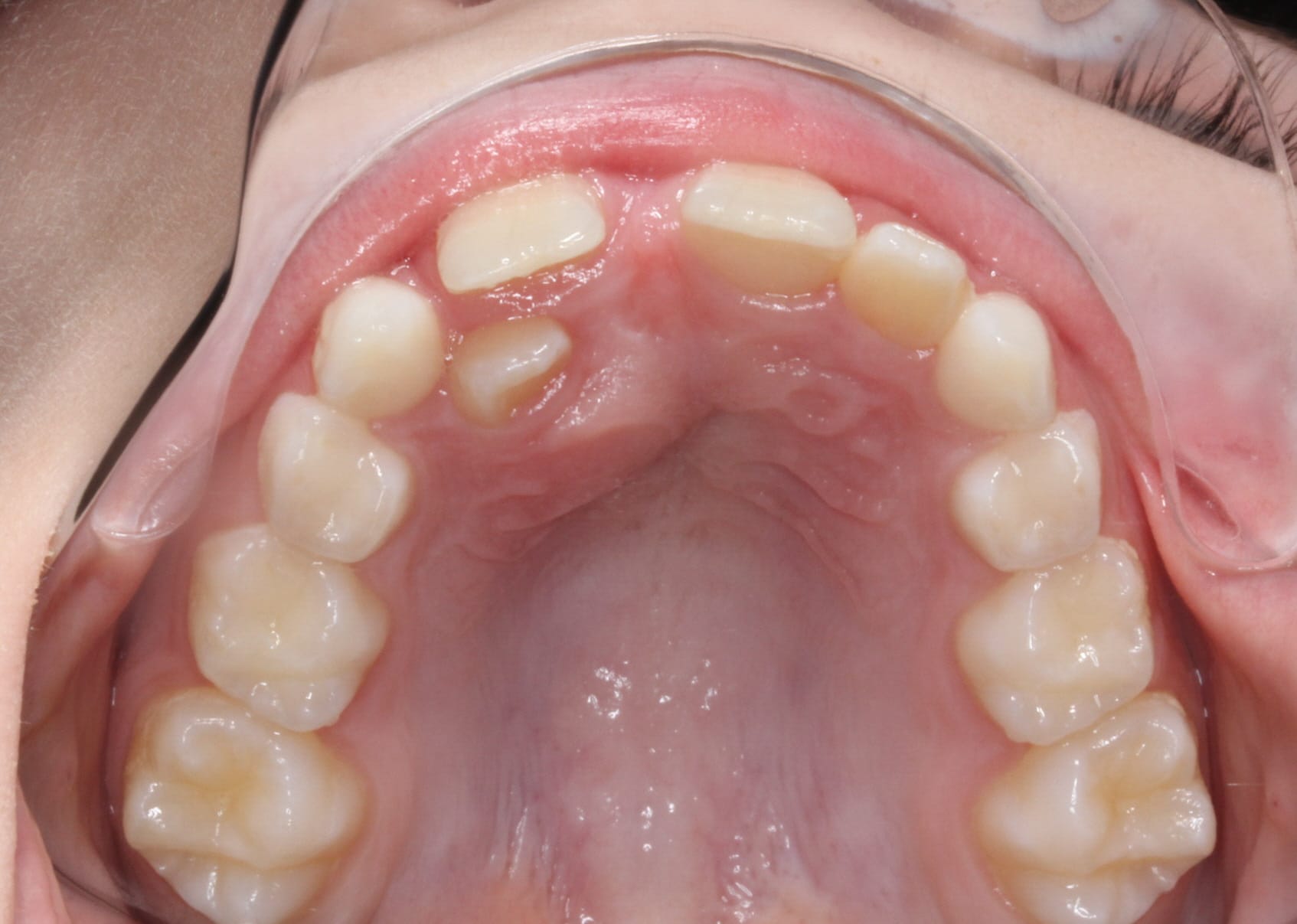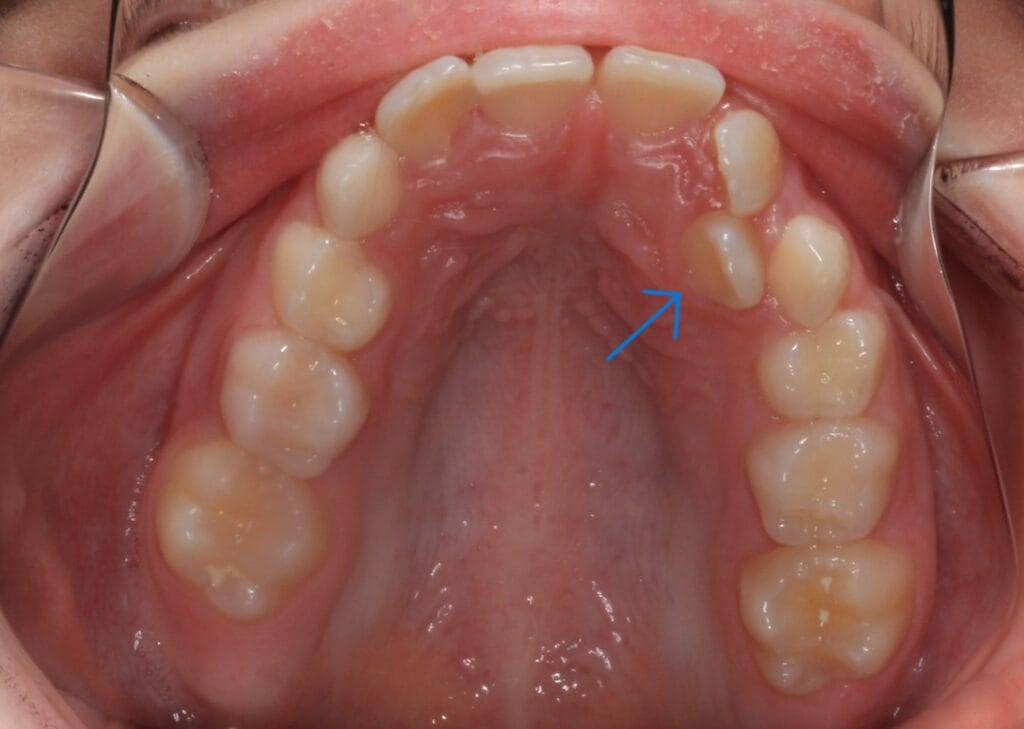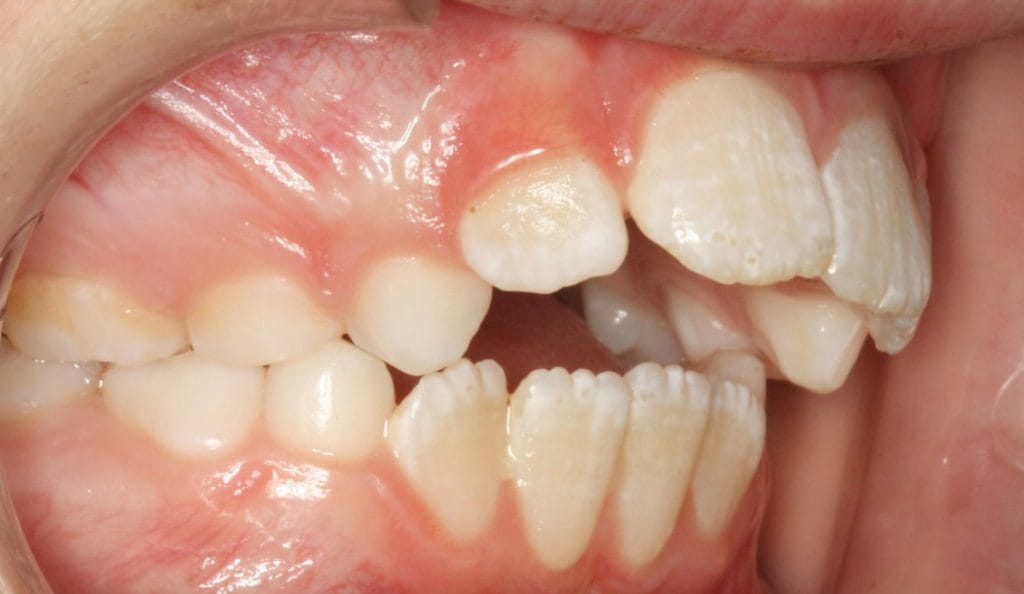Caring For The Little Smiles That Bring The World So Much Joy!
The American Association of Orthodontists (AAO) recommends that all children have an orthodontic exam at, or around, age 7. Why is this?
- Orthodontists are experts when it comes to monitoring the growth/development of the jaws and eruption of permanent teeth
- MOST of the time, no intervention is necessary and your child will be placed on yearly observation
- Having your child on observation recall allows Dr. Bates to make recommendations at the optimal time for your child’s specific and unique needs
- Early intervention (Phase I treatment), when indicated, can reduce the likelihood of more complicated treatment in the future, such as extraction of permanent teeth or surgery
- Expansion of the upper jaw, if indicated, is ideally timed and most stable at this age
What to Expect at Your Child’s Initial Visit
Your child’s first visit to Bates Family Orthodontics will be relaxed and fun! Dr. Bates and our team will make sure that your child feels welcomed, comfortable, and encouraged. We will speak in terms your child can understand and seek to build rapport so that your child looks forward to any future visits. This really helps young children to become acclimated with our office and Dr. Bates.
At your child’s initial visit, we typically take some photos, an x-ray if needed, and Dr. Bates will perform a quick and easy clinical examination. If early intervention is recommended, we will make sure that you and your child understand the reason and next steps. Most of the time however, Dr. Bates simply recommends observation every 12 to 18 months!
As parents, we want the very best for our children. This includes a healthy, confident, and beautiful smile. Dr. Bates and our team at Bates Family Orthodontics will treat your children like our own, ensuring they feel comfortable, encouraged, and valued.
What is Early (Phase I) Treatment?
Early orthodontic intervention, commonly referred to as “Phase I treatment,” is treatment of orthodontic issues in the mixed dentition (when both baby teeth and permanent teeth are present), typically lasting 6-12 months.
The goals of Phase I treatment may include the prevention of more serious orthodontic complications from developing (impacted teeth or space deficiency due to early loss of baby teeth), to provide treatment at a time when it is most physiologic (expansion or protraction of the upper jaw), to correct harmful oral habits (thumb sucking), or to correct orthodontic problems that are preventing normal dental development (facilitate eruption of permanent teeth).
Phase I treatment, when indicated, will often reduce the likelihood of more complicated treatment in the future, such as extraction of permanent teeth and/or exposure of impacted teeth.
After Phase I treatment is completed your child will be provided with a retainer to maintain the position of any teeth that were moved and then be placed back on observation until Phase II orthodontic treatment is indicated, typically in adolescence. Phase I treatment is problem-focused, whereas Phase II treatment is comprehensive, involving all of your child’s teeth. In most cases, Phase II treatment is still necessary within a couple of years after the completion of Phase I treatment. We do offer a discount on Phase II treatment for any patients that completed Phase I treatment with our office.
Do All Children Need Phase I (Early) Treatment?
NO! Most children will not need Phase I treatment. Dr. Bates tends to be very conservative with his treatment recommendations and will only recommend treatment for your child if he would recommend it for his own children. You can trust that unnecessary treatment won’t be recommended at our office. We consider it a privilege to be trusted with your child’s care and we take that seriously!
What Are Indications For Early Treatment?
What Does Early Treatment Look Like?
Early intervention, or Phase I treatment, typically lasts between 6-12 months. If indicated, Phase I treatment is problem focused and typically limited in nature. Dr. Bates will evaluate your child’s specific needs and recommend treatment according to your child’s specific needs. Phase I treatment can be completed with either braces or Invisalign. Either of these appliances can be combined with an expander if needed.
Dr. Bates will tell you that his favorite tool for Phase I treatment is actually Invisalign! Believe it or not, these youngsters are some of our most compliant patients when it comes to wearing their aligners. Invisalign clear aligners are easier to clean, do not come with eating restrictions, require less visits to our office, and will eliminate the risk of extra visits due to broken brackets or poking wires.
